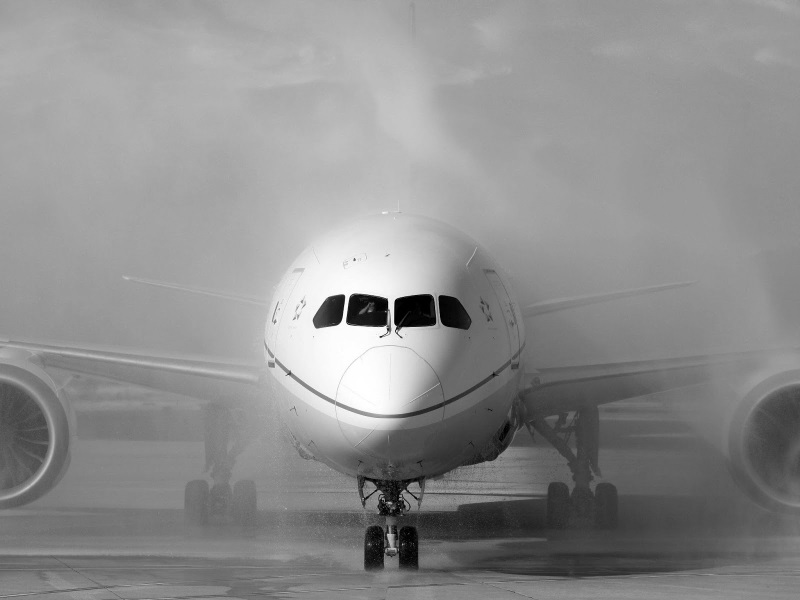United CEO Oscar Munoz began this morning’s investor call by acknowledging the company’s subpar operational and financial performance, and then proceeded to outline plans to increase his airline’s profit margins to levels achieved by American, Delta, and Southwest.
We continue to accelerate our business performance while making strides in earning back the trust of our employees and customers. With the renewed engagement of our 86,000 aviation professionals, a great global network, a highly flexible fleet plan and a healthy balance sheet—all of the building blocks are in place for United to unlock its full potential.
There’s no doubt that United has what it takes, on paper, to be a high-performance airline. What it’s lacked in recent years is a clear plan, and the corporate will to carry out that plan. Both are, first and foremost, failures of top management.
The plan put forth by Munoz, United’s latest great hope for a turnaround, is based on four “foundational” priorities:
- Rebuild trust with employees and customers
- Operate reliably and efficiently
- Increase share of premium customers
- “Execute successfully in all areas of the business”
That sounds to me like business-school boilerplate. Which isn’t to say it might not be a viable road to recovery. It could work. But as turnaround plans go, enjoining workers to “execute successfully” is vacuous at best.
And how are these initiatives expected to combine to increase United’s value by a hefty $3.1 billion between now and 2018? Three sources:
- $1.5 billion will come from “increased customer segmentation, updates to its MileagePlus program and modifications to its revenue management system.”
- Another $1.3 billion will result from cost efficiencies, including flying larger aircraft and installing slimline seats.
- And $300 million will come from operating “a more reliable airline. This operational improvement will grow United’s share of premium customers, reduce costs associated with delays and cancellations, decrease the number of passengers re-accommodated on other airlines and improve schedule utility.”
The increased customer segmentation presumably refers to no-frills fares, designed to compete with the bare fares offered by Spirit and Frontier. Delta already offers such fares, and American plans to. Yes, there’s some incremental revenue to be generated by competing head-to-head with cheapo fares. But how much?
Updates to MileagePlus that will increase revenue? OK, but at what cost to loyalty?
Sure, slimline seats mean more passengers per plane, per flight. But again, at what cost to loyalty?
And so on.
Bottom line: United’s expectations seem wildly overinflated. The revenue effects are overstated; the operational improvements are easier proposed than achieved; and the modeling seems to assume that the competition will stand idly by, without responding.
Good luck, Mr. Munoz. You’ll need it.
Reader Reality Check
Based on Munoz’s plan, are you a buyer or a seller of United?


Leave a Reply